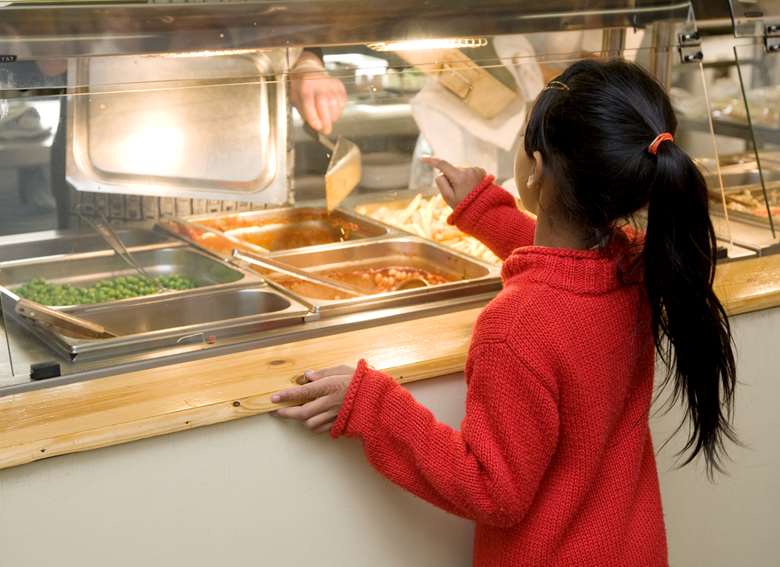Quarter of children from low-income families 'go hungry'
Gabriella Jozwiak
Tuesday, April 2, 2019
A quarter of children from low-income families experience hunger because of restrictions placed on accessing free school meals, research suggests.

Some children do not eat at all during the school day because, despite being severely deprived, they did not qualify to receive the benefit, according to Living Hand to Mouth? Children and Food in Low-Income Families, published by Child Poverty Action Group (CPAG), which follows 45 low-income families living in London and a seaside town in South East England.
The research offers new insights into children's experience of food poverty and its causes, CPAG claims.
For example, some children, who came from the most severely deprived families, with no recourse to public funds as a result of immigration controls, did not eat at all during school hours.
One 14-year-old pupil living in London told researchers at the UCL Institute of Education: "Sometimes you don't have enough energy, you cannot cope in the classroom, so you have to like try and rest a bit.
"You just put your head on the table and you end up falling asleep in the classroom and you get in trouble for it."
Amara, another 15-year-old pupil from the capital, told authors: "When I'm hungry I just can't concentrate, it's really, really hard for me to do that.
"So I just need to make my mind up and know that I will eat after five hours, seven hours when I get home [from school]."
Even when children do qualify for free school meals, daily allowances are often not enough, the research also suggests.
One teenage girl, whose widower father was in a low-paid NHS job, had £2 per day to spend on food at school, as did her siblings.
If she got hungry early, she was forced to split this across morning break and lunch, leaving her without a proper meal.
The study also found some schools caused children on free school meals embarrassment by restricting what food they could eat.
It found examples of schools differentiating free school meals sandwich boxes in different colours, and offering larger boxes for children not on free school meals.
Maddy, a 15-year-old pupil, said she was humiliated in front of her peers by lunch staff at school.
"When she [lunchtime staff at the checkout] was like: ‘You can't get that, you're free school meals', like, I was really embarrassed cos people were waiting behind me.
"You're really restricted to what you can eat with free school meals. Now I just get what I know I'm safe with. A small baguette and carton of juice."
The study also revealed worrying trends in nutrition for children in low-income families, with more than half of those questioned saying they ate vegetables only up to six times a week, and just over a third saying they ate fruit up to six times a week.
This is far below guidelines that state people should eat fruit and vegetables 35 times a week.
CPAG chief executive Alison Garnham said the government should offer universal free school meals to counter the problems revealed in the report, or as a minimum, restore it to all families receiving universal credit.
"Their [the young people's] hunger, their shame, their sense of being cut off from learning and social opportunities - all because parents can't afford enough food - are appalling in a society that believes every child matters," she said.
She warned that the government needed to lift the freeze on working and non-working benefits so they could rise again with inflation, as a means of slowing rising child poverty.
The most recent annual poverty statistics published this month showed the number of poor children living in working families has risen by three percentage points from 67 per cent to 70 per cent.
More than two million children aged under five now live in poverty - 55 per cent of the total, up from 51 per cent last year.
"In 2010, the UK was halfway to achieving the target to get child poverty down to 10 per cent by 2020," said Garnham.
"Now, a year away from what should have been a milestone moment for achieving long-term change, child poverty risks reaching the highest level we've seen since records began in the 1960s."




